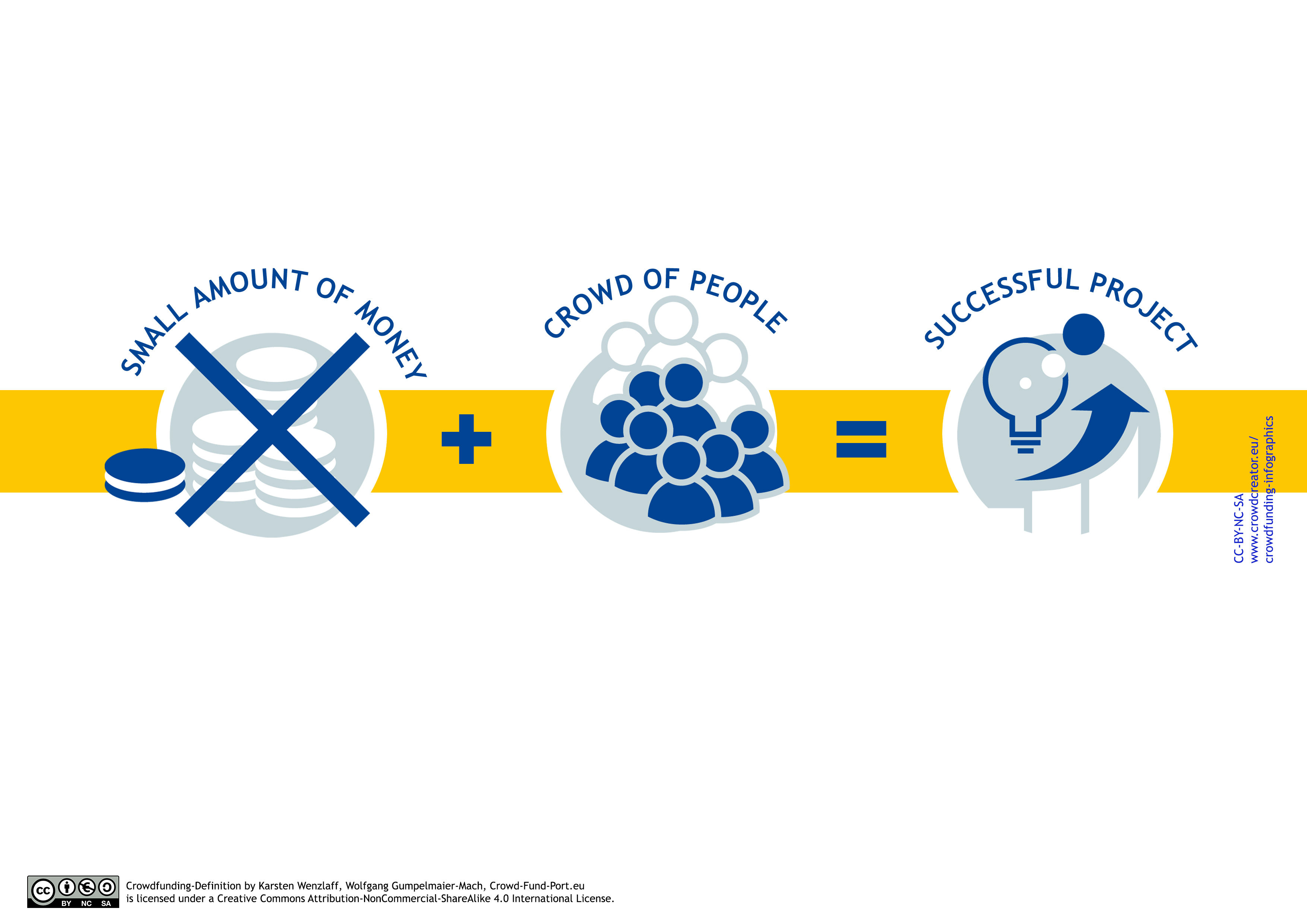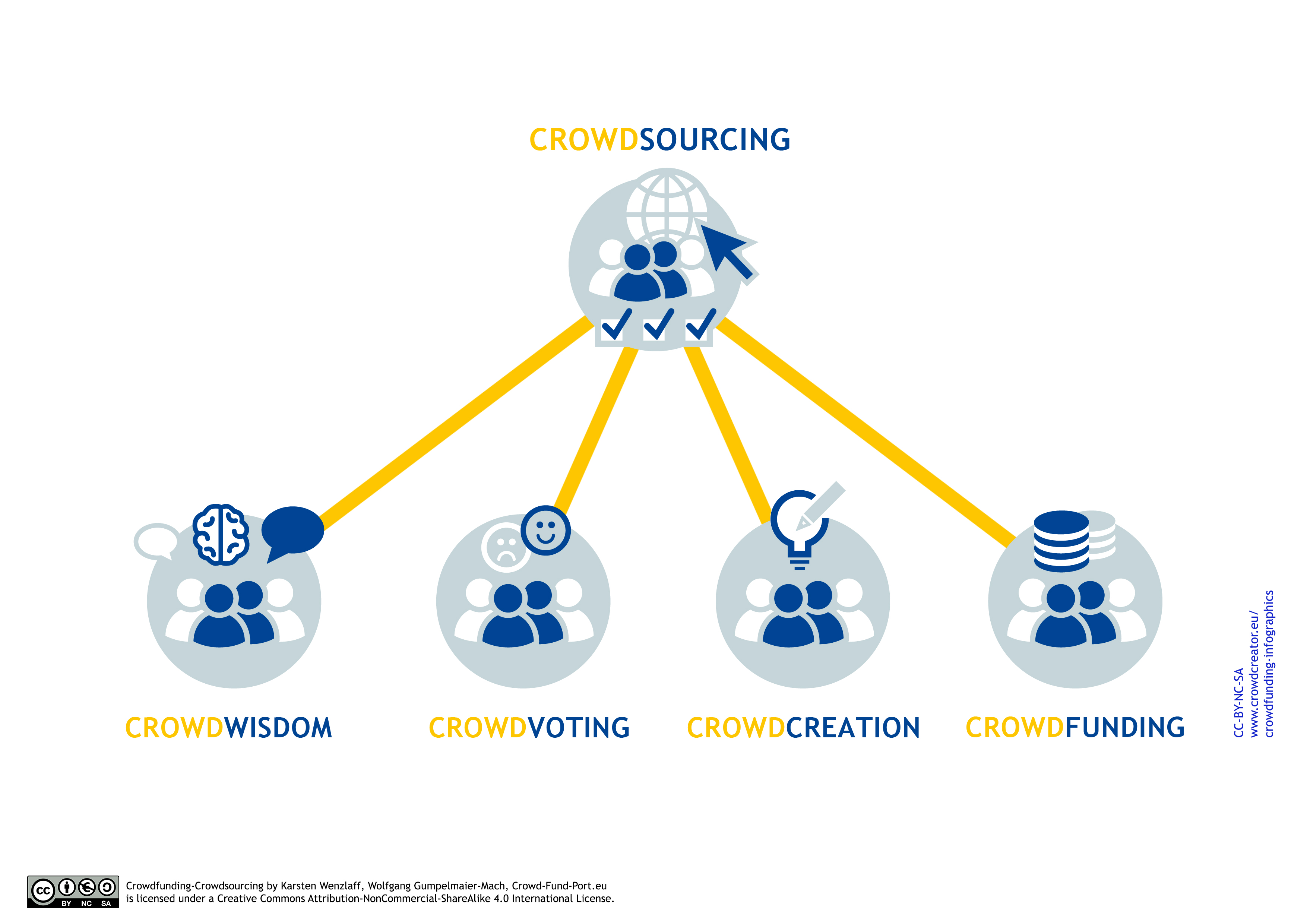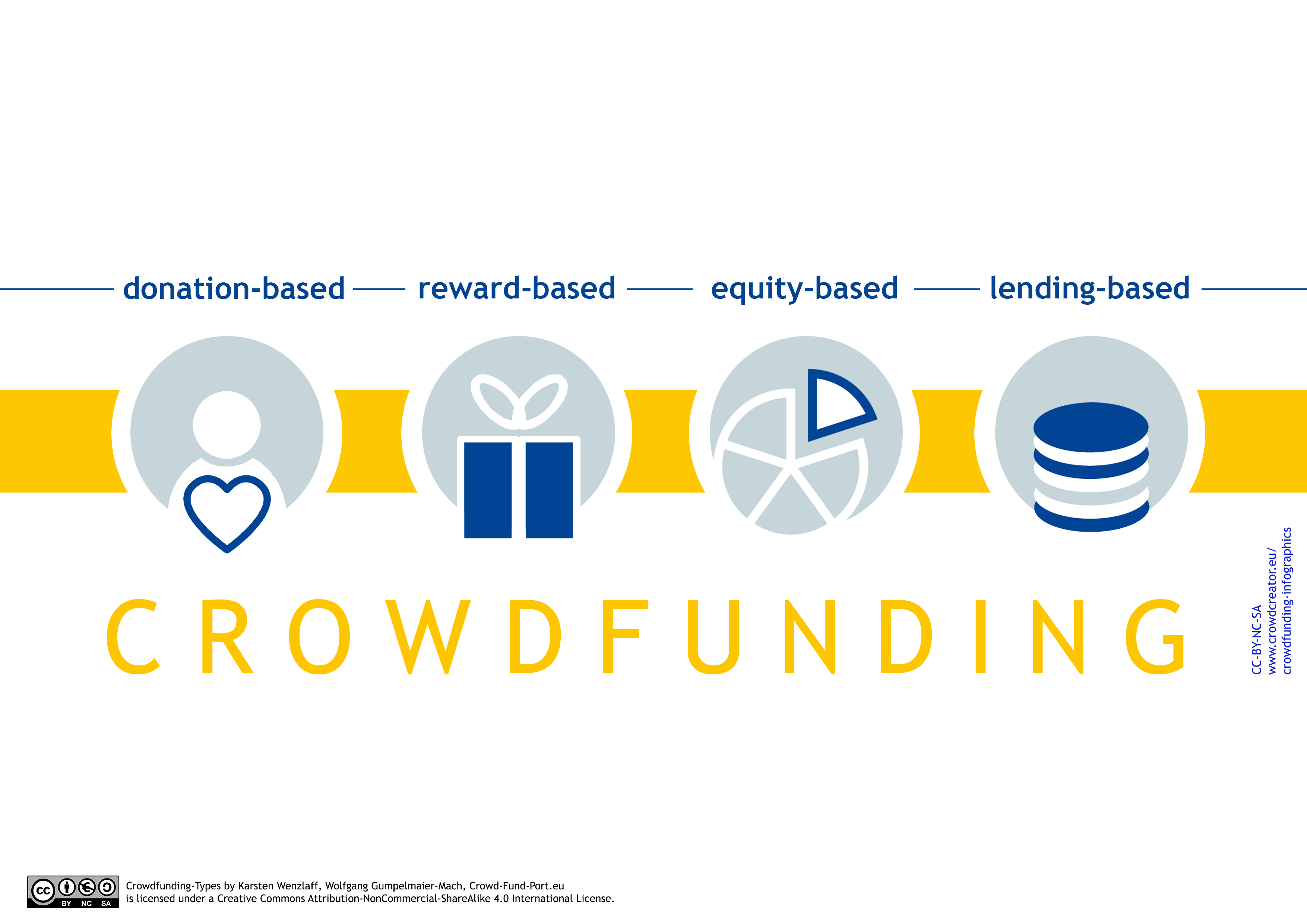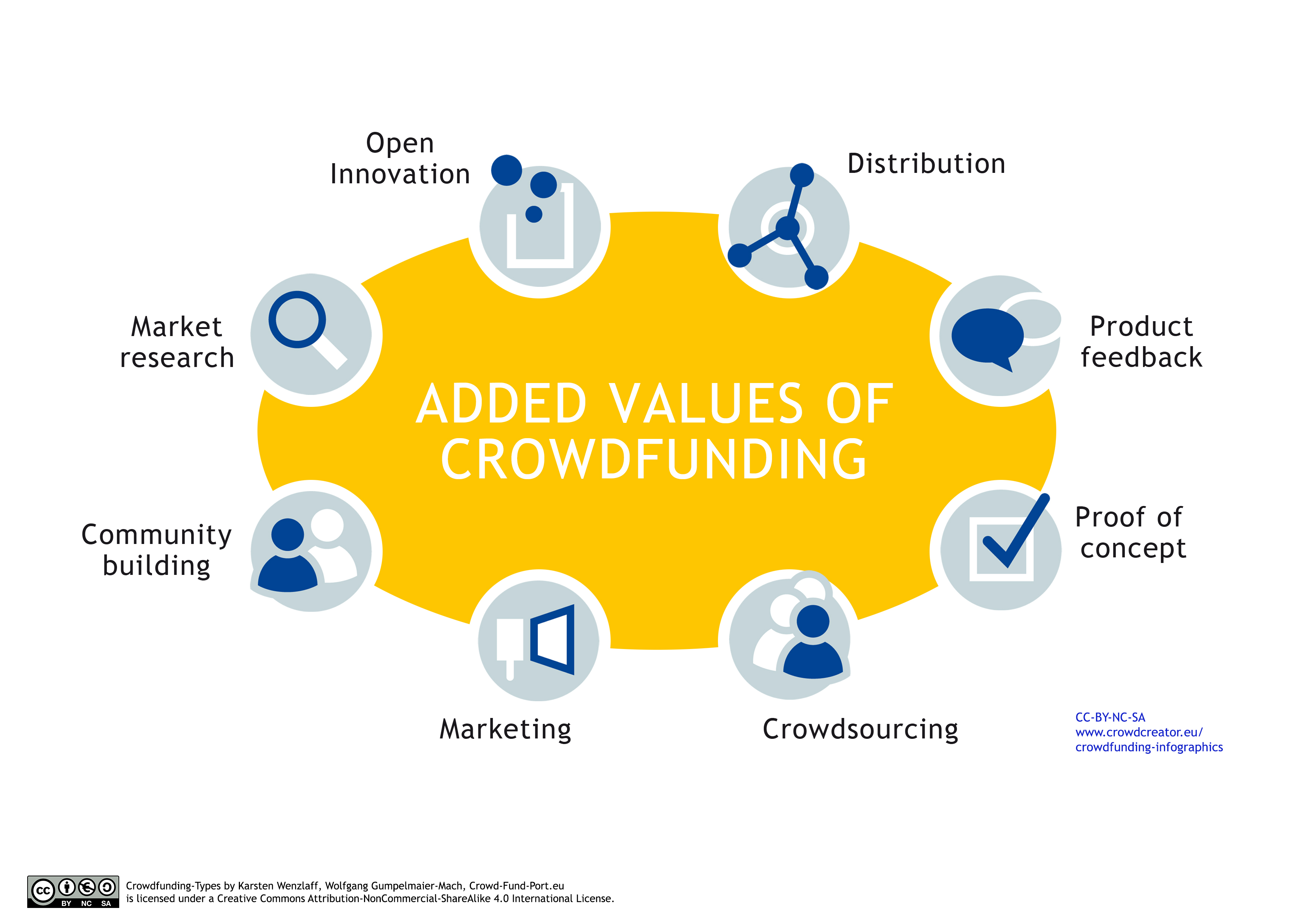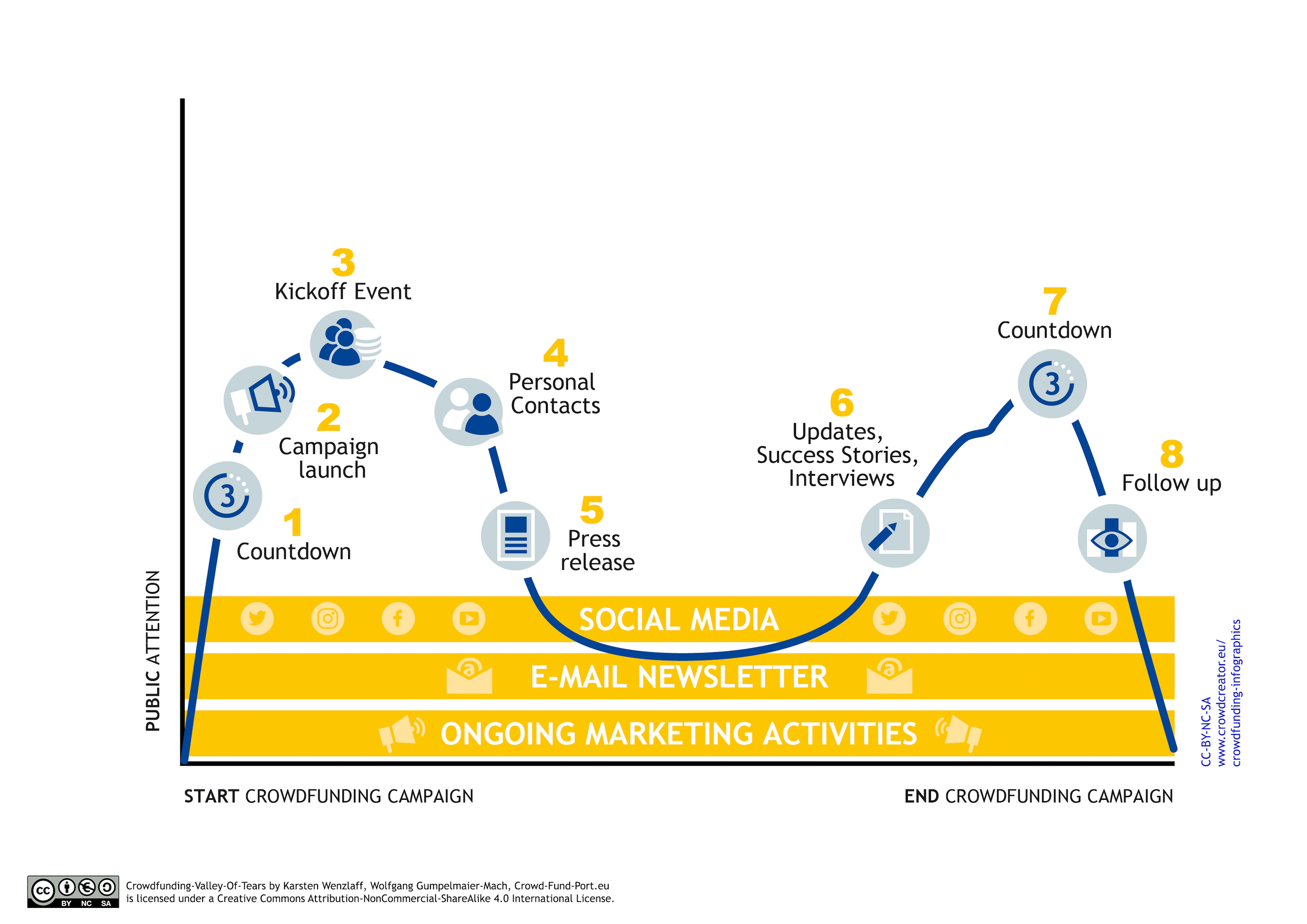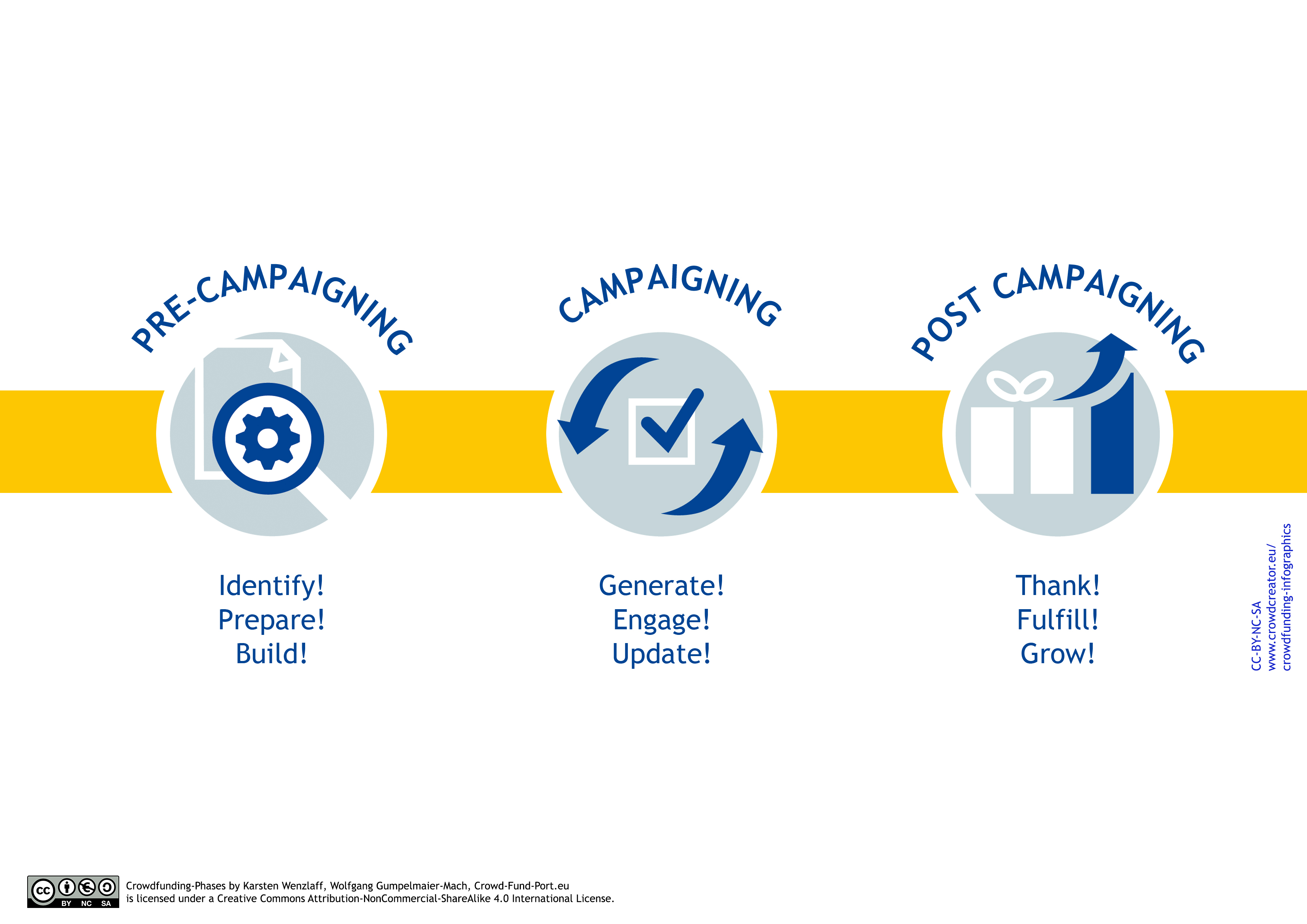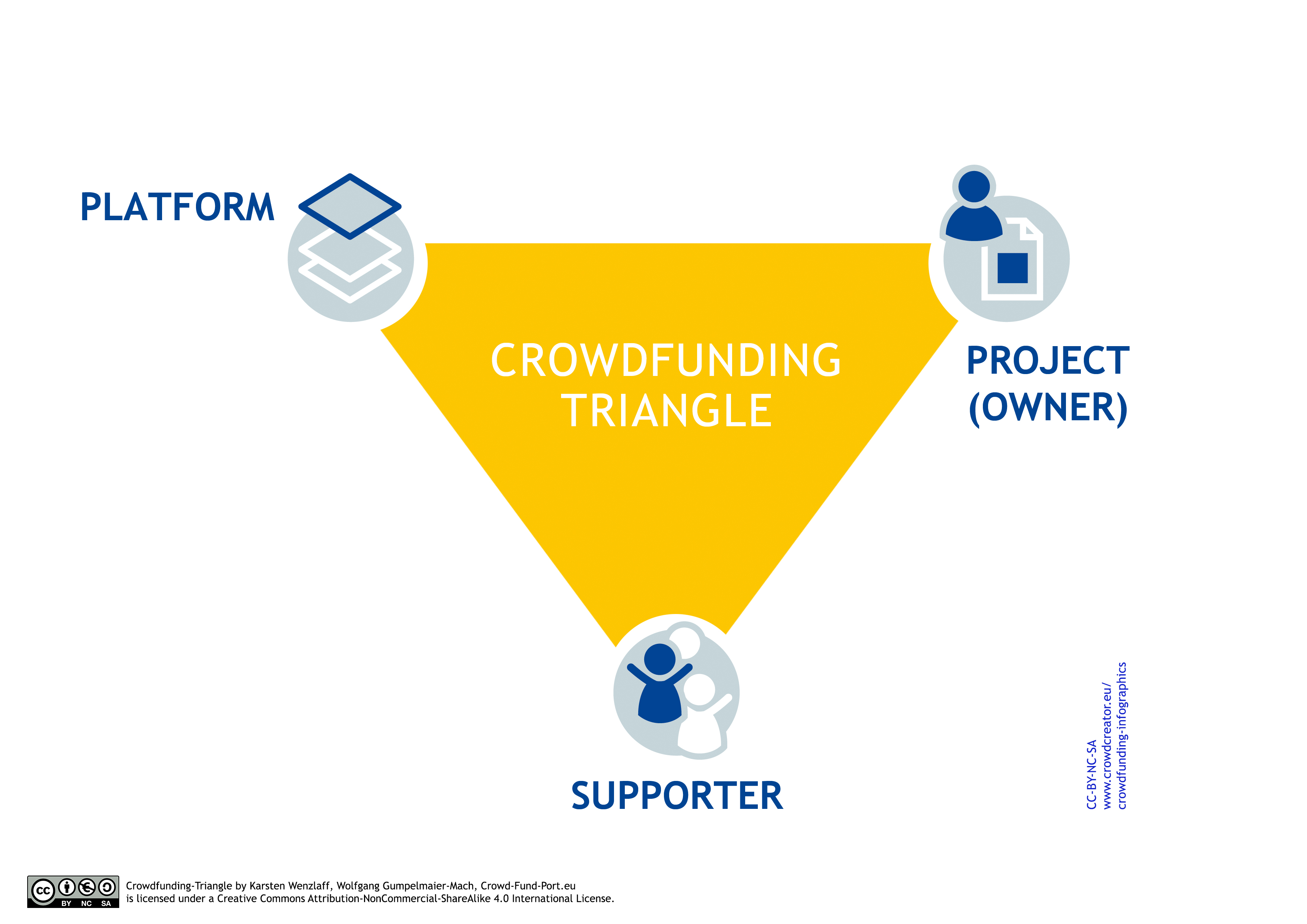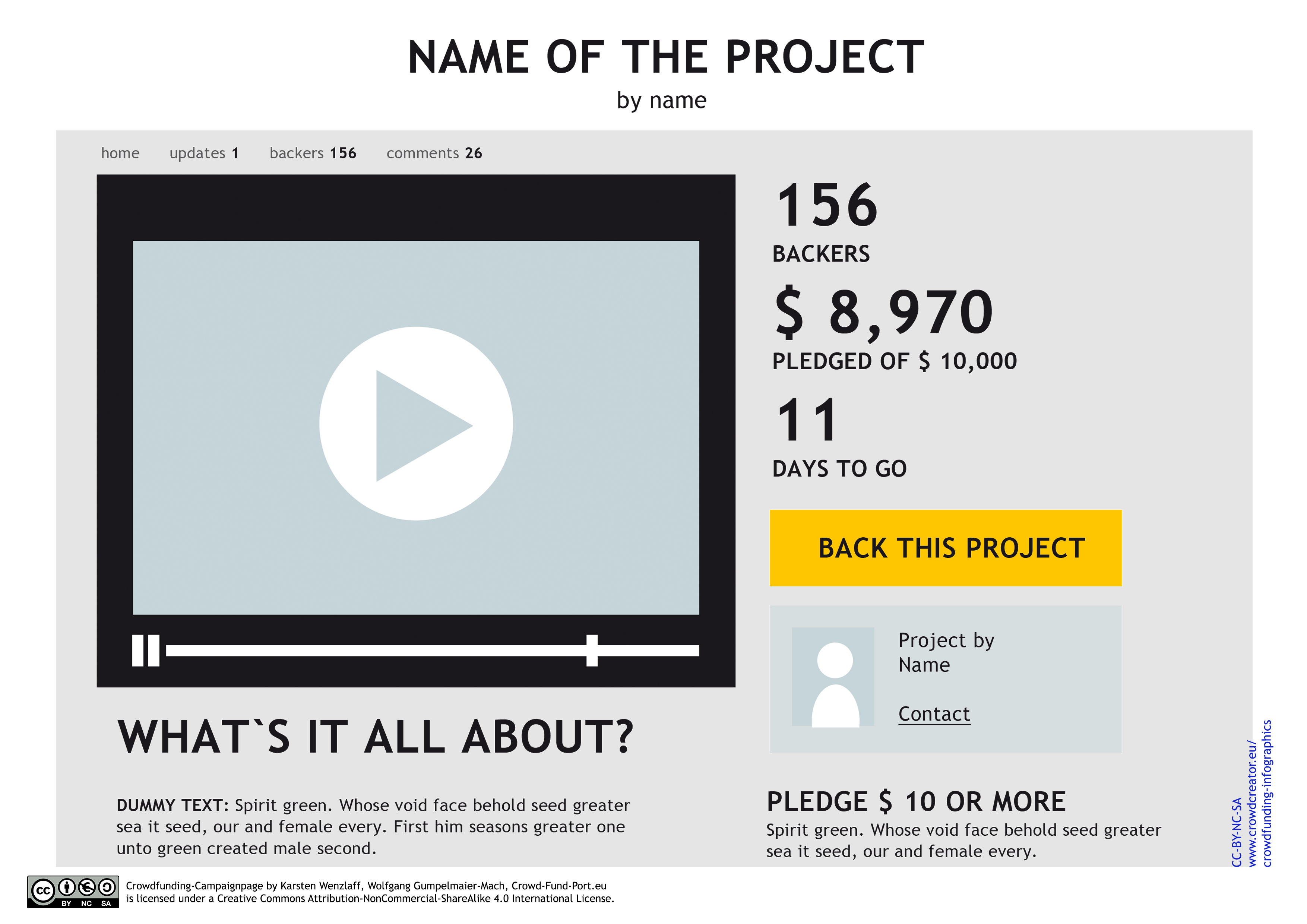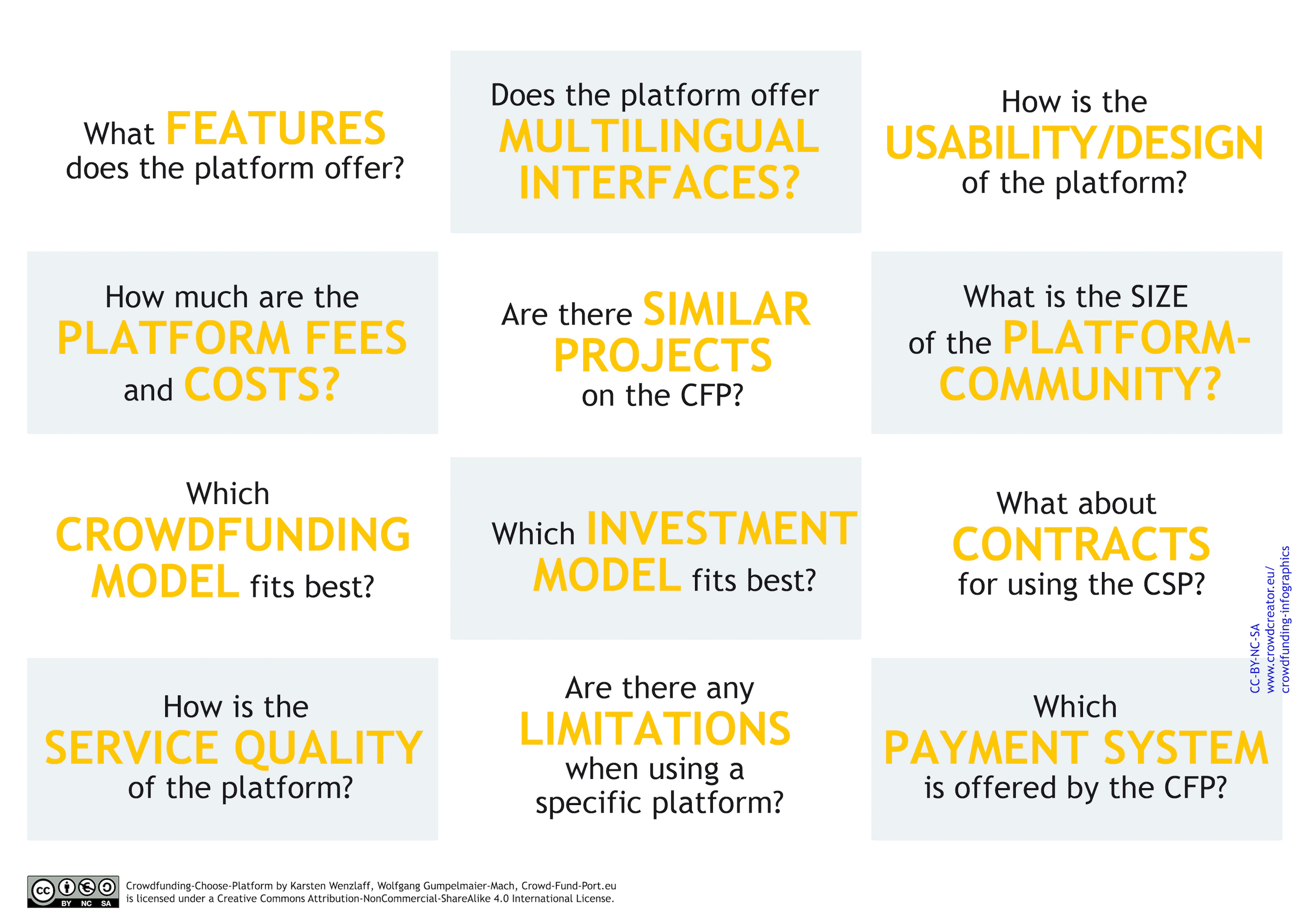The Definition of Crowdfunding
The most common definition used by the scientific community is the following:
“Crowdfunding is an open call, essentially through the Internet, for the provision of financial resources either in form of donation or in exchange for some form of reward and/or voting rights in order to support initiatives for specific purposes.”
(Lambert, Thomas, and Armin Schwienbacher. 2010. “An Empirical Analysis of Crowdfunding.” Available at SSRN: http://ssrn.com/abstract=1578175)
Crowdfunding and Crowdsourcing
Crowdfunding is used as a subset of the term “crowdsourcing”, originally coined by Jeff Howe, author of Wired magazine, in 2006. He described the concept of Crowdsourcing as follows:
“Simply defined, crowdsourcing represents the act of a company or institution taking a function once performed by employees and outsourcing it to an undefined (and generally large) network of people in the form of an open call. This can take the form of peer-production (when the job is performed collaboratively), but is also often undertaken by sole individuals. The crucial prerequisite is the use of the open call format and the large network of potential laborers.”
Jeff Howe: The Rise of Crowdsourcing, 2006 in Wired – https://www.wired.com/2006/06/crowds
The four different types of Crowdfunding
In 2012, an US-agency called Massolution conducted the first global Crowdfunding Industry Report. In the report they defined that there are at least 4 different types of Crowdfunding. These types are now widely used in research and descriptions.
The different types of Crowdfunding are:
- Donation-based Crowdfunding: mostly used for charitable projects
- Reward-based Crowdfunding: mostly used for pre-selling
- Equity-based Crowdfunding: mostly used for high-risk investments, returns are based on profit- or exit-revenue-sharing calculations
- Lending-based Crowdfunding: mostly used for low-risk investments, returns are based on interest-based calculations
The Crowdfunding Timeline
Through the Internet this alternative form of finance became an open and transparent financing tool.
Artistshare is known as the first Crowdfunding platform, starting in 2003 as a “fan-funding” website for musicians and artists in the USA.
In 2006, Sellaband launched a similar platform in Europe, helping bands to communicate with their fans and getting financial support from them for recording new albums. Also in 2006, Wired-author Jeff Howe coined the word “Crowdsourcing”. In 2008 Indiegogo launched as an international platform for financing social and creative projects. Soon after that Kickstarter started its service.
In many European countries, platforms opened which imitiated the user experience on Kickstarter and Indiegogo. In Germany, Startnext started with a similar concept in 2010, in Austria Respekt.net opened its platform for social projects from NGOs following a donation-based approach.
In 2011 the first studies on Crowdfunding were published in Central Europe, e.g. by the Fraunhofer Institute as well as one about Crowdfunding in Germany by ikosom. A year later the first international “Crowdfunding Industry Report” was published by US-company Massolution. The report analysed a few hundred platforms worldwide and gave a first picture of the industry. Also the differentiation between different types of Crowdfunding was published in this report. Since then, Crowdfunding exploded in Europe but also worldwide. To date there are more than 1,400 platforms online.
The Added-Values
Crowdfunding is not only a financing tool, but also helps SMEs in many other ways.
The Valley Of Tears
Although you communicate about your project all the time, be prepared that there will be some days without any interaction after the first peak. This period is sometimes called “The valley of tears”, as the graph of attention decreases after the first few days. This usually happens at reward-based AND equity-based Crowdfunding-campaigns likewise, although in equity-Crowdfunding the attention span mostly starts a bit earlier, because investors are informed a few days in advance about upcoming investment opportunities.
The more you plan your campaign, the less lower the graph falls. But the most important thing is NOT to give up, when you see the valley of tears coming. Stay focussed and engaged! Continue to communicate, interact with people, tell everyone about your project and directly point them to your project-page and last but not least, deliver content and stories and – if necassary – improve your campaign with new rewards or further information etc.
The Crowdfunding Phases
There are three phases: the pre-campaign phase, the campaign-phase itself and a post-campaigning-phase.
The Crowdfunding-Triangle
Most Crowdfunding Campaigns take place on platforms – the whole Crowdfunding process becomes a triangle of three parties: Platform, Project and Supporter.
Each party has different responsibilities:
- The Project Owner is in charge of preparing and executing the campaign. The project delivers texts, images, pitch videos and other communication material to the platform. Often the project owner is also responsible for editing the campaign site.
- The platform acts as an intermediary between Project and Supporters. It facilitates the payments between Supporter and Project owner. The platform is also in charge in discovering payment fraud and disabling campaigns that commit fraud. To that end, the funds from the supporters are often kept in a special escrow account until the campaign has ended.
- The supporter enters an agreement with the project that it will transfer a certain amount of money via the platform to the project owner at the end of the campaign, given certain conditions (for instance in All-or-Nothing-Campaigns the reaching of the funding volume).
The elements of a Crowdfunding Campaign
The Campaign combines all elements to reach the Crowdfunding Goal
Choose the right Platform
There are many variables to consider when choosing the Crowdfunding platform that fits your purpose. Ask yourself the following questions and try to answer them accurately:

